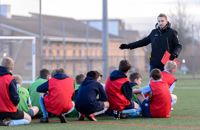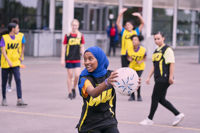
Safeguarding children
Child protection is part of the safeguarding children process, protecting individual children identified as suffering or likely to suffer significant harm. This includes the child protection procedures which detail how to respond to concerns about a child.

